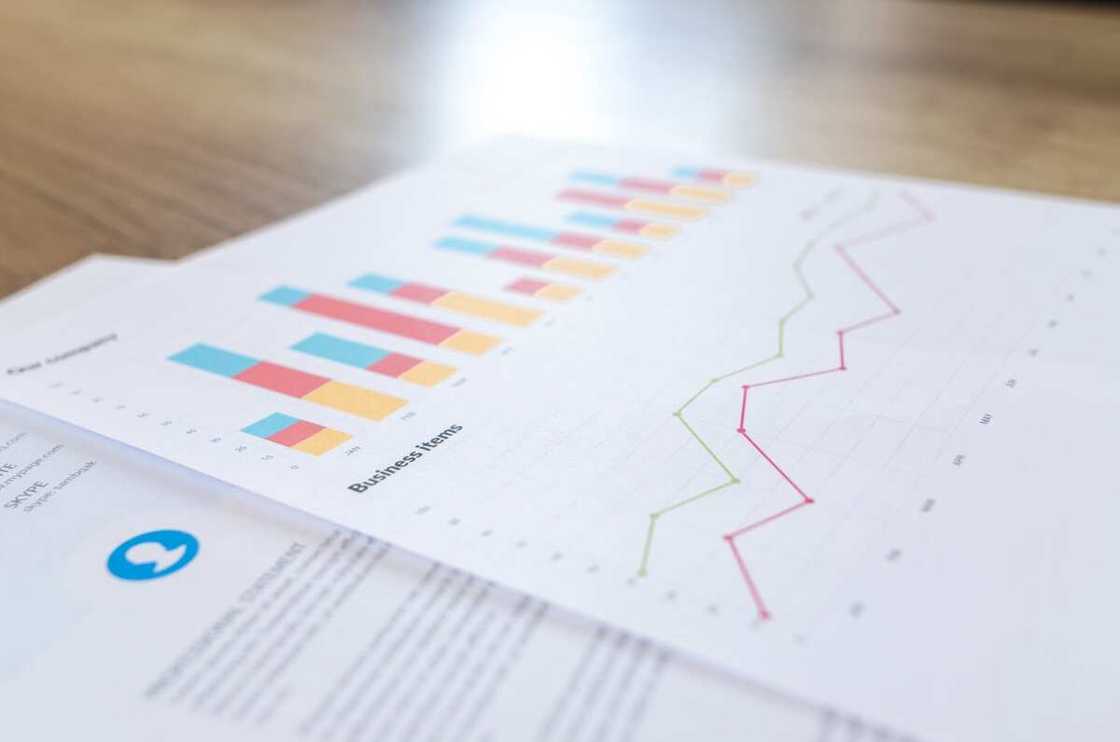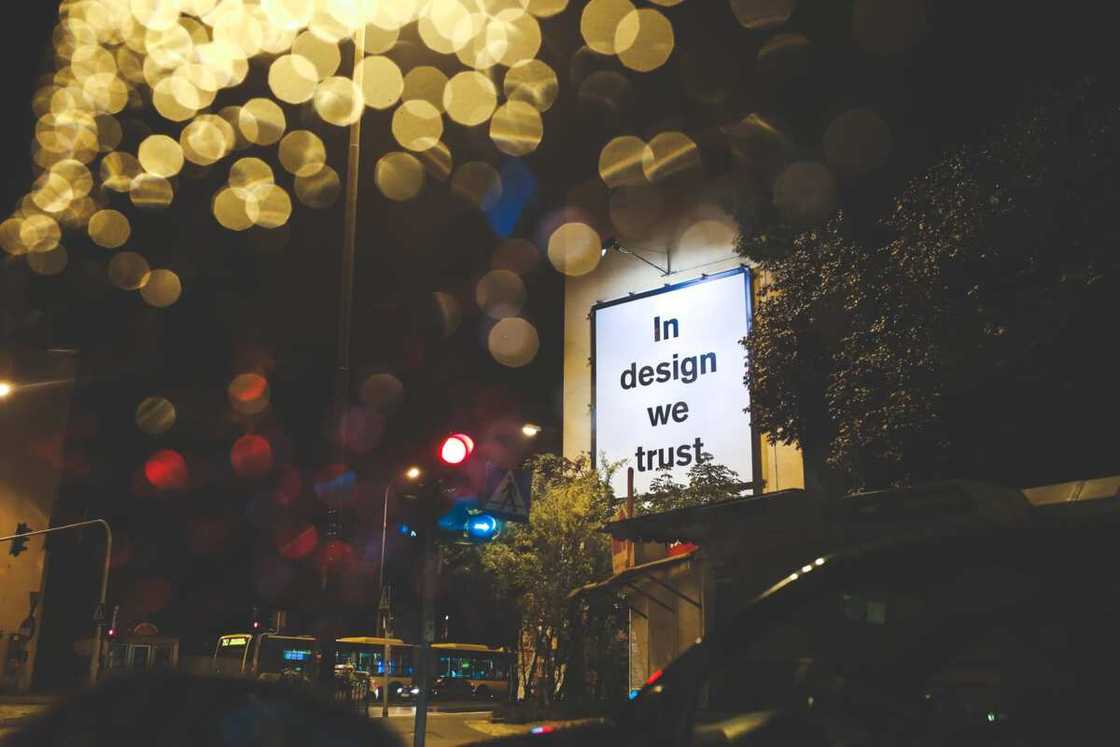What is research design – definition, types and characteristics
A painter sketches before creating a beautiful picture; a musician writes a rough notes succession before making up a great melody, and a researcher also does some preparations. This pre-research work is called a research design, and further study is impossible without it. So, what is research design? If you are doing a survey for your business or just for a school project, this information will come in handy.

Source: UGC
A research design is applied to all spheres of human life: psychology, economics, linguistics, marketing, business, medicine and many others. So every business or science that faces problematic tasks resorts to help of research designers in the efforts to resolve problems. Actually, the methodology of research design exists to organise the survey in the most effective way and get the necessary data for solving current problems.
What is research design?
Research design definition may seem confusing. The design itself is research over research. In other words, it is an overall number of strategies you choose to conduct a survey in the most efficient, logical and coherent way. A research design is a theoretical tool. It is a plan of your actions before collecting information, so to say. To better understand the notion, it is necessary to resort to examples.
For instance, you are an entrepreneur, and you need to research the demand for your products on the market. You have a problem: you think that your rating is decreasing. In this case, the research design will help you to:
- Identify the research problem. It will demonstrate to you if your question is actual and worth exploring.
- Review and synthesise previously collected information associated with your problem. In your case, it may be data on how your product was bought a year ago, or five years ago.
- Specify hypotheses and research questions. Concerning our example, you may collect data using queries like "How many items of my product were bought last month?", or "Are there decreasing or increasing rates of buying my product?" And many other questions to present the problem in the broadest sense.
- Describe the data which will be necessary and explain how such data will be obtained. Providing that you decided to make an inquiry among users of your product, what would you ask? For example, the questions about quality and price correspondence, or the availability of the product on the local market.
- Describe the methods of analysis that will help you in determining whether your hypotheses were true or false. Step by step you will get a result, so analyse it, and think on further perspectives of development or methods to solve the problem and improve the situation.
What is research design meaning and characteristics?

Source: UGC
READ ALSO: How to write background of the study in research
People resort to research design to create a reasonable basis for further study. Therefore, its meaning is in the optimisation of a work process. An excellent study basis will create solid backing during the operation of the research. It is characteristic for a good plan of actions to provide researchers with:
- Neutrality (according to research design principle, the study should be organised without subjectivity, sensitive topics and risks)
- Reliability (research design presupposes an invention of the most meaningful questions that are to ensure useful results of a study)
- Validity (the list of questions developed on the stage of research design will help you as a researcher to give adequate answers based on reliable sources. Therefore, the result of your study will be valid)
- Generalisation (research should be applicable to generations, and the results must be useful for humanity in general. The process of research designing contributes to the implementation of all the mentioned positive characteristics of a study)
What are the types of research design?

Source: UGC
The issue of the survey determines research design types one has to choose while researching something. The data collected by YSC Libraries has shown that there are the following sixteen types of design:
1. Action research design reminds a natural circle. First hypothetical data is elaborated, and then it gets practical implementation. It gives a researcher a deeper understanding of the utility of findings, but the researcher's overinvolvement in all stages of the survey may influence the outcome.
2. A case study design is elaborated to narrow down a considerably large field of research. It applies to specific phenomena or theory. It is directed on filling the study with details, but at the same time, it is not very reliable, because it concentrates only on a small part of a significant problem.

Source: UGC
3. Casual design measures how one factor influences another one. It is based on associations, hypothesis and variations. But there is always a BUT. The matter is that not all events on the Earth are explained — causality and coincidences are also possible.
4. Cohort design is connected with the studies of groups of people. Such a design type is often used in medicine (to study illness) or sociology. Original data is produced during this study. But samples for the survey are not taken randomly, so cohort design deals with narrow specialisation.
5. Cross-sectional design is an organised number of steps created to analyse differences between different groups. The groups are not randomly selected and therefore finding representatives for surveillance with distinctive peculiarities may be difficult.
6. A descriptive design focuses on the organisation of observational methods. It is based on simple questions like Who, When, How, and What. The results become quite surfacing but are based on a large amount of data.
7. Experimental design organises research over control and experimental groups. It deals with the implementation of a methodology into an experimental group and comparison with the actions of the control group. However, it provides an artificial setting that may influence the outcome.
8. The exploratory design is a challenging but interesting type of survey. It is applied to problems that have not been discussed before. The result of such research may not be predicted, and the designed order is flexible. It deals with many hypothetical questions and at the same time gives out not definitive answers.
9. A historical design is a methodology that is applied to discover and analyse past events. Special methods typical only for historical sources survey are included here. But an obstacle here is sources availability and quality. Historical researches may be politically sensitive, but a right research design will help to avoid acute issues.
10. A longitudinal design is a number of actions applied to the same research from time to time (every month or year). It may be applied to schools, for example, when a class is surveilled every year to spot out the changes in children's intellectual development. But it takes a long time to gather results and to wait for natural changes.

Source: UGC
11. Meta-analysis is a type of survey when many existing ideas are analysed. It summarises knowledge gathered by other people and permits to develop new hypotheses. But it may be interrupted because of the lack of materials and is quite time-consuming.
12. Mixed type of research is good for proficient analytics who know how to deal with diverse approaches at the same time. It is good because both theoretical data and experimental results may be combined in one research work. It makes the understanding of the issue complete.
13. An observational design is a practical insight into the surveyed issue. It is suitable for sociological problems. The researched objects (usually they are people) know that they are watched and it causes a serious drawback: surveillance alters their behaviour and influences the result.
14. A philosophical design is a fascinating method. It is based more on concept analysing, critical thinking, challenging ideas, debates, discussions and logic. It is theoretical research that suits specific problems like the appearance of life on the Earth. One will not be able to design research on physics (where facts prevail) using philosophical approach.
15. A sequential design has many stages. As it is clear from the name, one stage goes after another in a progression. But, this type is also connected with the sampling method. Even though this exploratory design facilitates the survey processes by dividing materials into samples, it does not give a whole picture of the world as long as samples are only accidentally selected objects. For example, you want to find out how people of different races react to bad news. You will not be able to make an inquiry of all people in the world. It is even unlikely that you will experiment with more than 20 people in each group. So research will be considered very surfacing.
16. A systematic review is a special method of analysing data based on current practical issues. It is difficult to apply this type to some theoretical research because it is supposed to work with developing and not stable phenomena.
Hope you have found the answer to the question, "What is research design?"Conveying surveillance, not all people build strategies on how their research should look like. But that is what research design is invented for. From first sight, research design meaning is not so important, and its implementation demands more extra time on surveillance. But it is not so! A unique methodology of types of research design will help you to structure your study and apply correct methods of problem exploration. Therefore, it will simplify your work and make the result maximally effective.
READ ALSO: What is background and scope of study?
Source: Legit.ng










